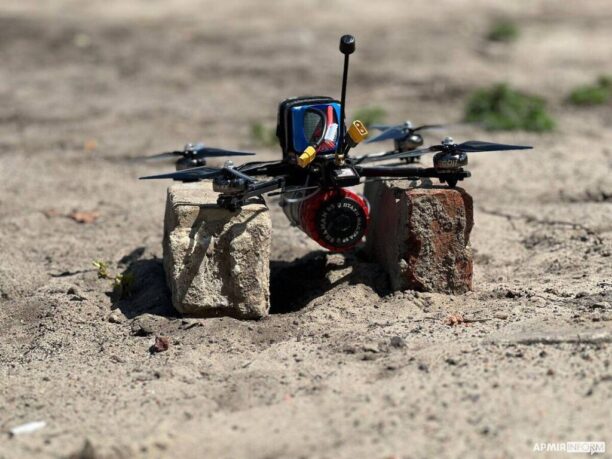Taiwan’s Historic Drone Procurement and Classification Shift
In a landmark move, Taiwan’s Ministry of National Defense (MND) has unveiled a series of aggressive procurement plans and regulatory changes aimed at drastically expanding its fleet of unmanned aerial vehicles (UAVs) over the next two years. The MND, responding to accelerating pressure from Beijing, published tender notices confirming the acquisition of nearly 50,000 UAVs between 2026 and 2027, spanning five distinct categories—from multi-rotor VTOL drones with endurance times as short as seven minutes to fixed-wing models capable of staying aloft for 2.5 hours.
A key part of this new strategy is the reclassification of military drones as “consumables,” putting them in the same category as munitions rather than as traditional aircraft. The Army Command Headquarters announced that this change is designed for operational efficiency, allowing drones—many of which are intended for single-use or high-risk missions—to be rapidly procured, deployed, and replaced as battlefield needs arise. This reflects lessons from modern drone combat in Ukraine, where only about 10% of small UAVs complete their missions, making continuous resupply crucial.
Mirroring U.S. Defense Policy: A New Procurement Paradigm
Taiwan’s decision closely follows the lead of the United States Department of Defense (DoD), which announced major procurement policy reforms in July 2025 under the directive “Unleashing U.S. Military Drone Dominance.” U.S. Defense Secretary Pete Hegseth eliminated burdensome rules and delegated procurement authority to lower-level commanders, treating expendable drones much like ammunition. Now, every squad in prioritized regions must be equipped with low-cost, throwaway drones by the end of fiscal 2026, leveraging rapid acquisition and deployment to match adversaries who produce drones at scale.
Understanding “Attritable” vs. “Consumable” Drones
Integral to the U.S. Replicator initiative is the concept of “attritable drones”: unmanned systems that are low-cost and built for high-risk missions where loss is acceptable. These may survive multiple missions but are designed so that their loss does not hinder operational effectiveness. By contrast, consumable drones are expected to be single-use and fully disposable. All consumable drones fall under the attritable category, but the broader class of attritable drones encompasses those that can be reused until lost. This distinction supports new tactics that prioritize large-scale deployment and rapid replacement, emphasizing quantity over individual survivability in modern warfare.
Strategic & Industry Impact
Taiwan’s strategy, which may approach 100,000 units when infrastructure protection is included, marks a scale-up by as much as 30 times over previous years. This signals a major boost for Taiwan’s domestic drone manufacturing ecosystem and growing interest from defense suppliers globally.
Similarly, U.S. and allied manufacturers are responding quickly to policy changes, with stocks and demand rising. The new mindset—from “luxury” drones to mass-produced, “expendable” and “attritable” systems—reflects the realities of modern warfare, where effectiveness relies on numbers and rapid replacement as much as on technological edge.
For stakeholders in the drone industry, these new policies in Taiwan and the U.S. are not simply tweaks—they represent a transformation in how drones are procured, deployed, and replaced. As military doctrine shifts to prioritize mass deployment of attritable and consumable drones, manufacturers capable of reliable, rapid production will find unprecedented opportunities.
Read more:


Miriam McNabb is the Editor-in-Chief of DRONELIFE and CEO of JobForDrones, a professional drone services marketplace, and a fascinated observer of the emerging drone industry and the regulatory environment for drones. Miriam has penned over 3,000 articles focused on the commercial drone space and is an international speaker and recognized figure in the industry. Miriam has a degree from the University of Chicago and over 20 years of experience in high tech sales and marketing for new technologies.
For drone industry consulting or writing, Email Miriam.
TWITTER:@spaldingbarker
Subscribe to DroneLife here.


